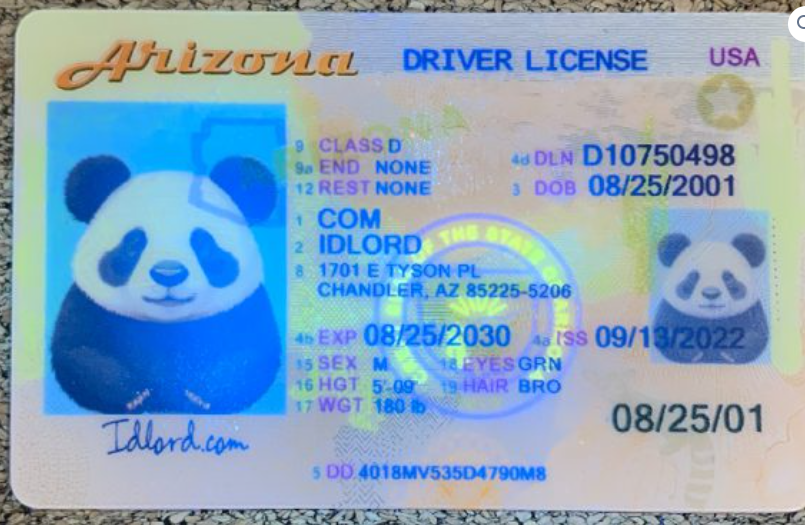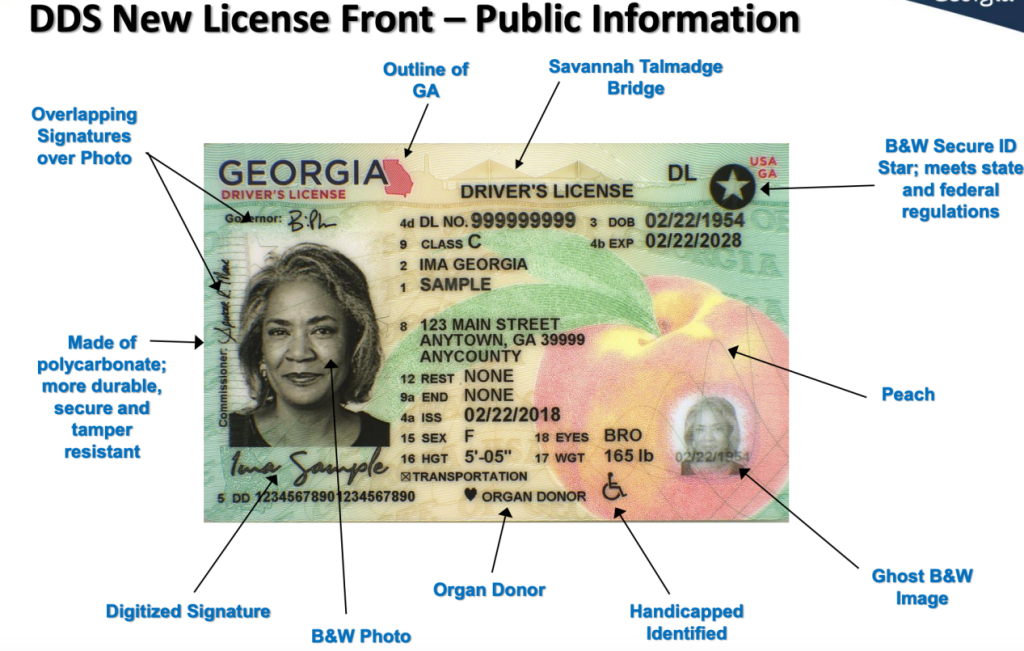Introduction

For years, searching “fake ID” on Google yielded countless websites offering counterfeit identification documents. However, recent changes have made these searches far less productive. This transformation stems from updates to Google’s algorithm, influenced by broader political and social shifts in the United States. Since the presidential election where Donald Trump gained significant momentum, there has been increased focus on combating illegal activities, including the use of fake IDs. Google has responded by prioritizing government and educational websites in search results, effectively marginalizing vendors of fraudulent identification. This article explores why fake ID websites have become harder to find, how the industry has adapted with terms like “novelty ID,” and the implications of these changes.

The Historical Context of Fake IDs in the U.S.
Driver’s licenses have long served as the primary form of identification in the United States due to the absence of a national ID system. Issued by individual states, these documents evolved beyond their original purpose of regulating driving privileges to become universal identifiers. Their widespread use for age verification, accessing services, and even voter registration made them indispensable in American life. However, this convenience also created opportunities for exploitation, leading to a booming market for fake IDs.
Young people, in particular, have relied on fake IDs to bypass age restrictions for purchasing alcohol, entering clubs, or attending events. The demand for scannable IDs that could pass basic verification checks fueled an underground industry. Websites offering fake IDs proliferated, easily accessible through simple Google searches. Terms like “Illinois fake IDs,” “Minnesota fake IDs,” and “Ohio fake IDs” were common search queries that directed users to vendors providing counterfeit documents.

Google’s Algorithm Updates and the Crackdown on Fake IDs
The landscape began to change as Google refined its algorithms to prioritize authoritative sources and suppress harmful content. These updates were partly motivated by political developments, particularly during the Trump administration, which emphasized stricter immigration controls and crackdowns on illegal activities. The proliferation of fake IDs was seen as a threat to national security and public safety, prompting tech companies to take action.
Google now directs more traffic to government (.gov) and educational (.edu) websites when users search for terms like “fake ID.” These sites often provide warnings about the legal consequences of using counterfeit identification and promote the importance of obtaining real IDs. The algorithm favors content that aligns with public safety objectives, making it significantly harder to find vendors selling fake IDs through conventional search methods.
This shift reflects broader efforts to combat identity fraud and protect consumers. By limiting the visibility of fake ID websites, Google aims to reduce their accessibility and deter potential buyers. The emphasis on real IDs underscores the importance of lawful identification in maintaining security and order.
The Rise of Novelty IDs as an Alternative
As traditional fake ID websites became harder to find, the industry adapted by rebranding its products. The term “novelty ID” emerged as a euphemism for counterfeit identification, allowing vendors to circumvent search engine restrictions. Unlike “fake ID,” which carries clear connotations of illegality, “novelty ID” suggests a harmless, entertainment-purpose product. This linguistic shift has enabled vendors to continue operating while avoiding algorithmic penalties.
Novelty IDs are marketed as props for movies, costumes, or collectibles, with disclaimers stating they are not intended for illegal use. However, their design and functionality often mirror real IDs, making them indistinguishable to the untrained eye. Scannable novelty IDs, in particular, are popular among buyers seeking documents that can pass basic verification checks. These IDs feature barcodes or magnetic stripes that encode the holder’s fabricated information, enhancing their credibility.
The prevalence of novelty IDs highlights the industry’s resilience in the face of increased scrutiny. By adopting less overt terminology, vendors have managed to maintain a presence online, albeit in a more subdued form. Searches for “scannable novelty ID” or “high-quality novelty ID” now yield more results than those for “fake ID,” demonstrating the effectiveness of this rebranding strategy.
The Role of Scannable IDs in the Market
Scannable IDs have become a cornerstone of the novelty ID market, offering buyers a higher level of authenticity. Unlike basic counterfeit IDs, scannable IDs are designed to pass electronic verification, making them more appealing to users who need to bypass digital age checks. Vendors emphasize the technological sophistication of these products, often claiming they can fool scanners at bars, clubs, and retail stores.
The demand for scannable IDs underscores the evolving challenges of identity verification. As businesses adopt more advanced verification methods, counterfeiters respond with increasingly sophisticated fakes. This cat-and-mouse dynamic perpetuates the market for novelty IDs, even as authorities and tech companies work to suppress it.
The Convenience Factor and Ethical Dilemmas
Despite the legal risks, fake IDs and novelty IDs continue to attract buyers due to the convenience they offer. For young adults, these documents represent a gateway to social experiences that would otherwise be inaccessible. The ability to purchase alcohol, attend events, or gain entry to venues is a powerful motivator, even in the face of potential consequences.
However, the ethical implications of using fake IDs cannot be ignored. Counterfeit identification undermines the integrity of age restrictions and poses risks to public safety. Underage drinking, for example, is associated with numerous health and safety hazards, and fake IDs facilitate this behavior. The rebranding of these products as novelty IDs does little to mitigate their real-world impact.
Conclusion
The decline in visibility of fake ID websites on Google marks a significant shift in the digital landscape. Algorithm updates, influenced by political and social priorities, have made it harder to find counterfeit identification online. In response, the industry has pivoted to novelty IDs, using less incriminating language to evade detection. Scannable IDs, with their advanced features, remain a sought-after product for those seeking to circumvent age restrictions.
While these changes reflect progress in combating identity fraud, the persistence of novelty IDs demonstrates the challenges of entirely eradicating the market. As long as demand exists, vendors will continue to adapt, finding new ways to market their products. Ultimately, the solution lies not only in technological and algorithmic measures but also in addressing the underlying motivations that drive people to seek fake IDs in the first place. Promoting legal alternatives and educating the public about the risks of counterfeit identification are essential steps in reducing reliance on these documents.
The evolution from fake IDs to novelty IDs is a testament to the adaptability of both the industry and the digital ecosystem. As Google and other platforms refine their policies, the cat-and-mouse game between regulators and counterfeiters will likely continue, shaping the future of identity verification in the United States.